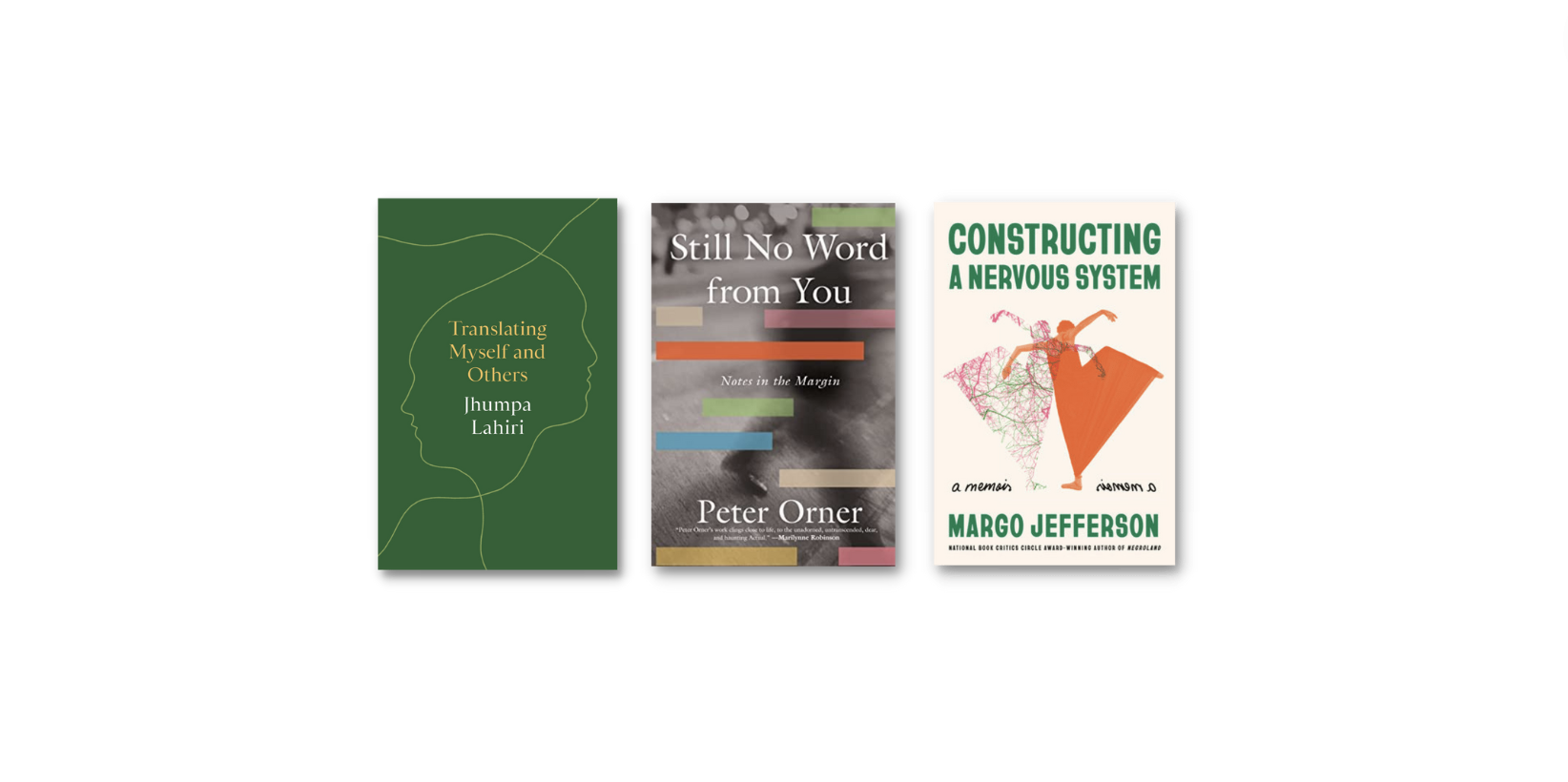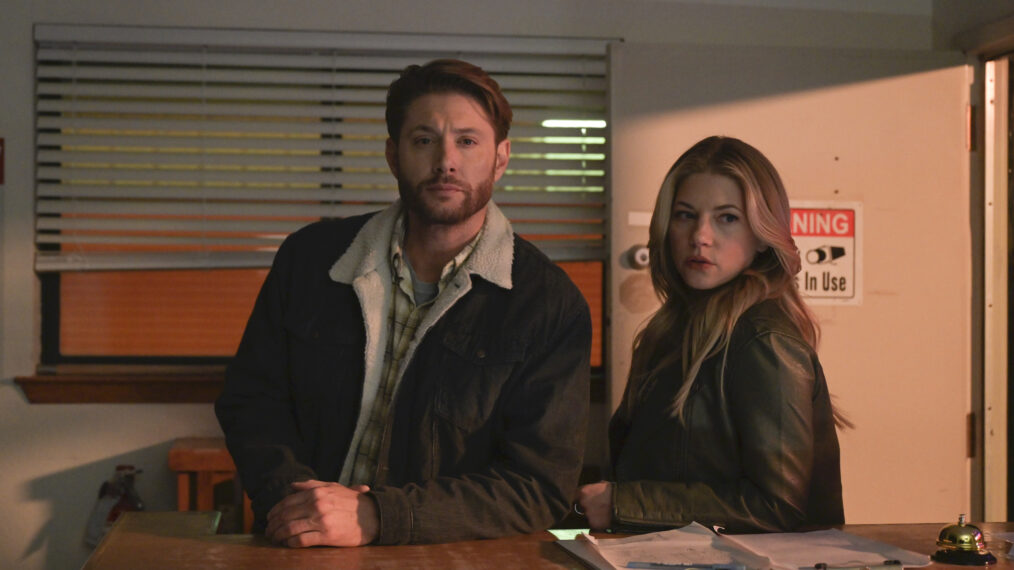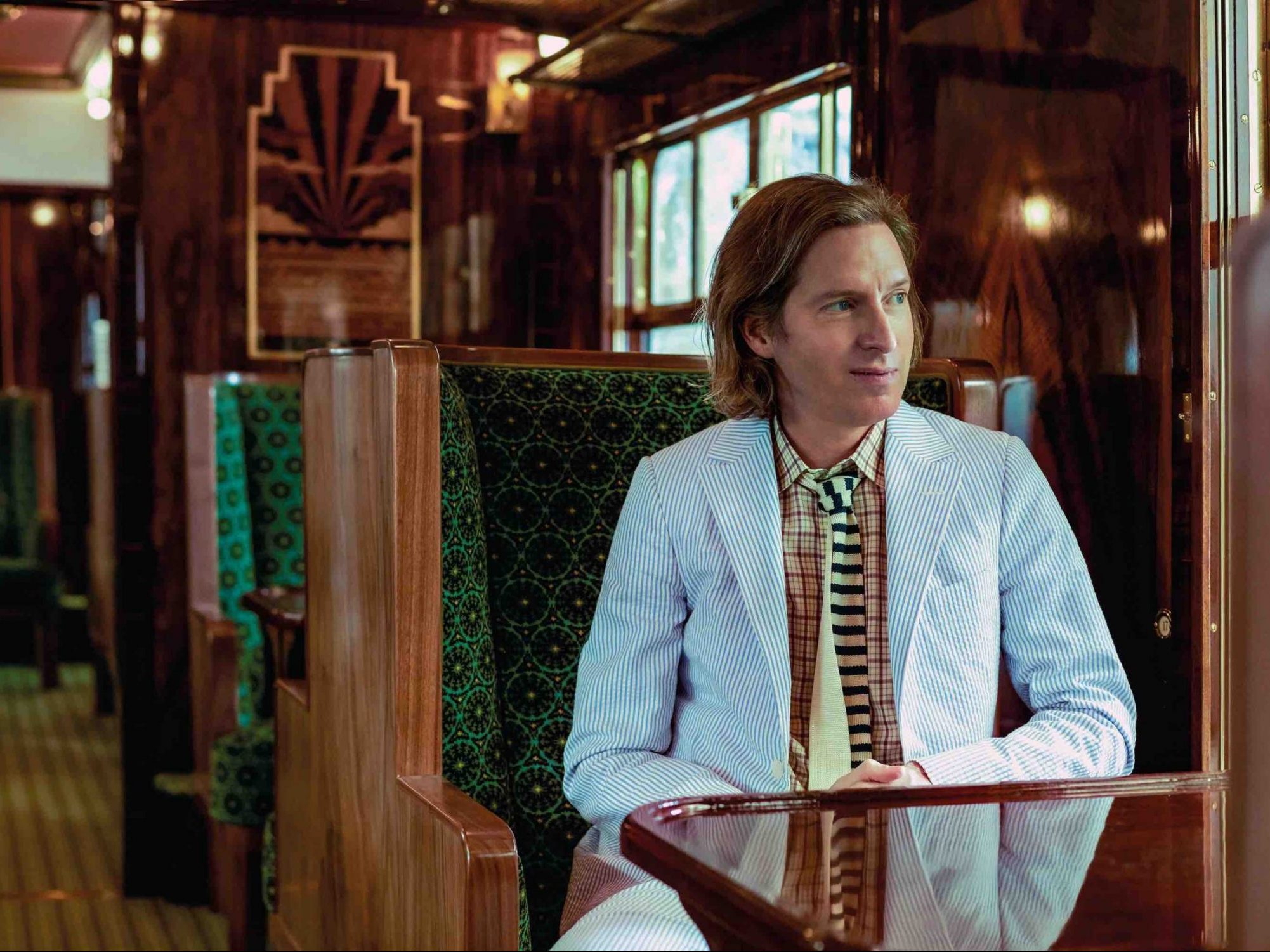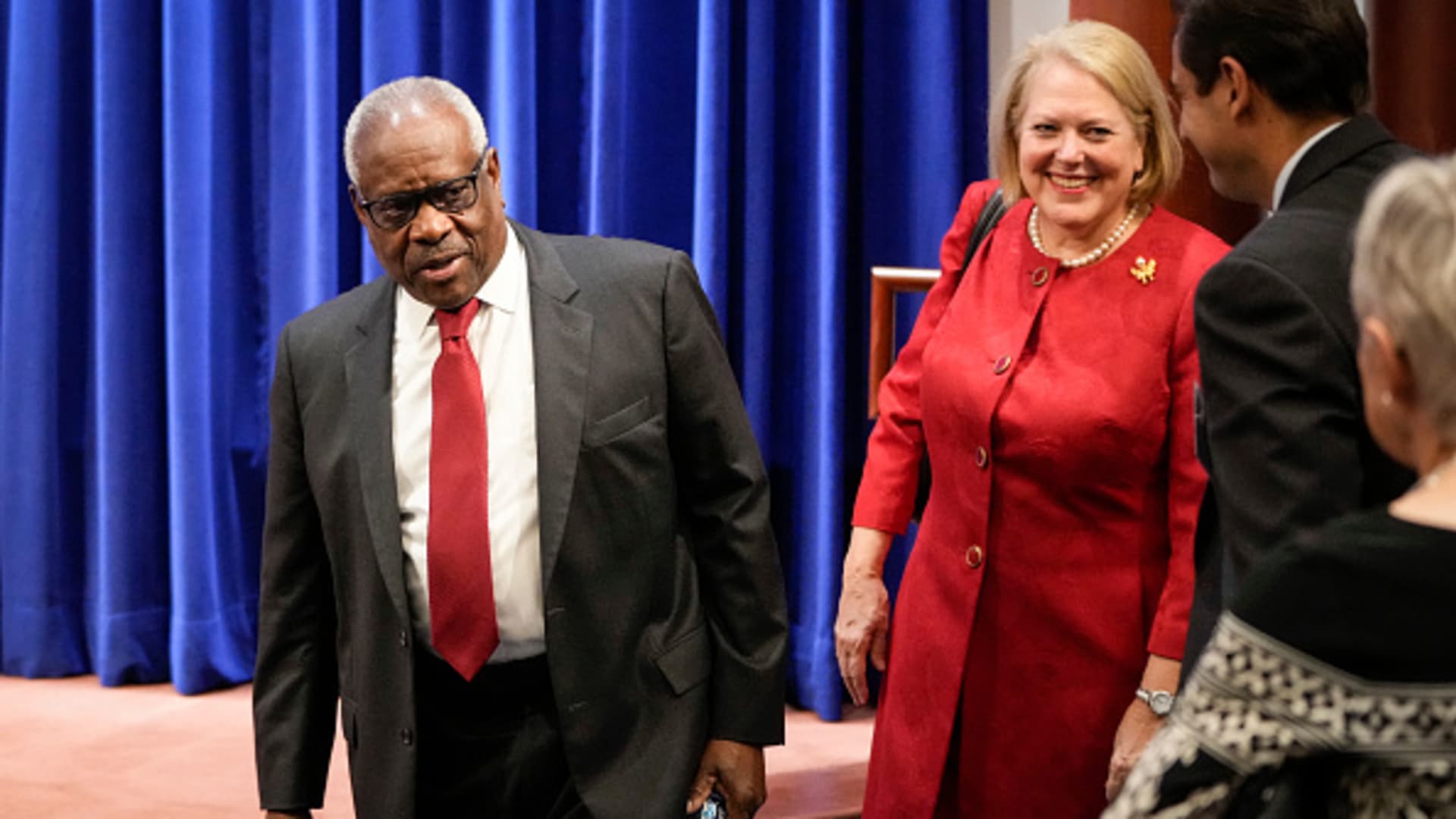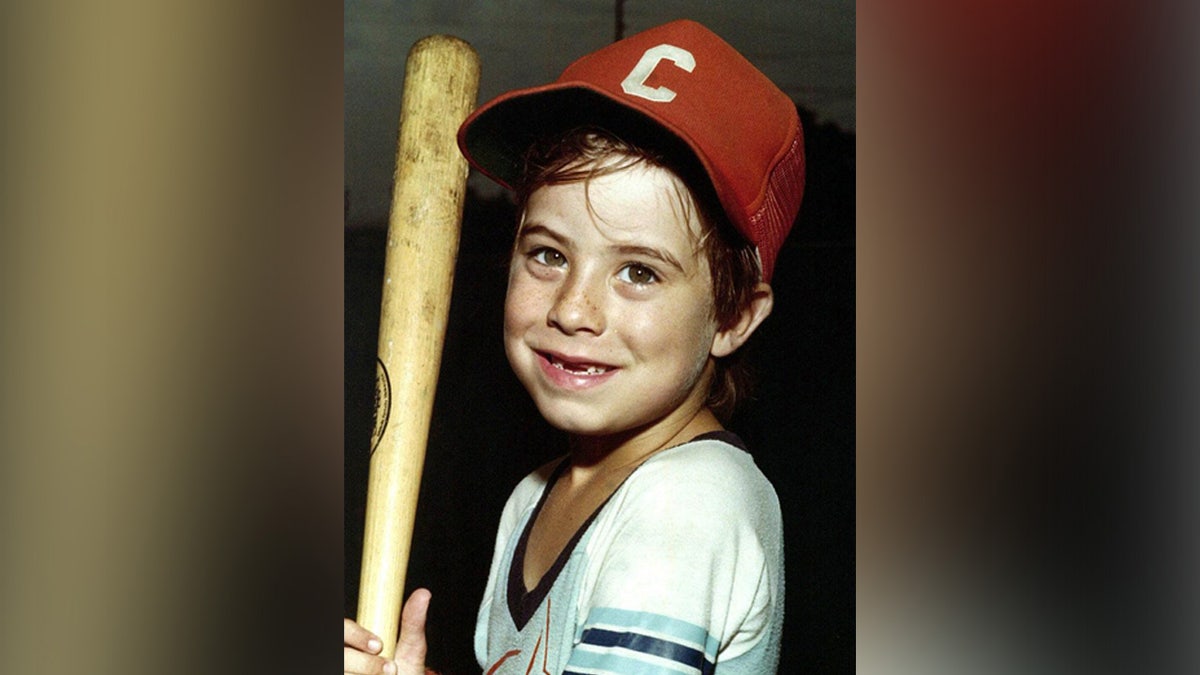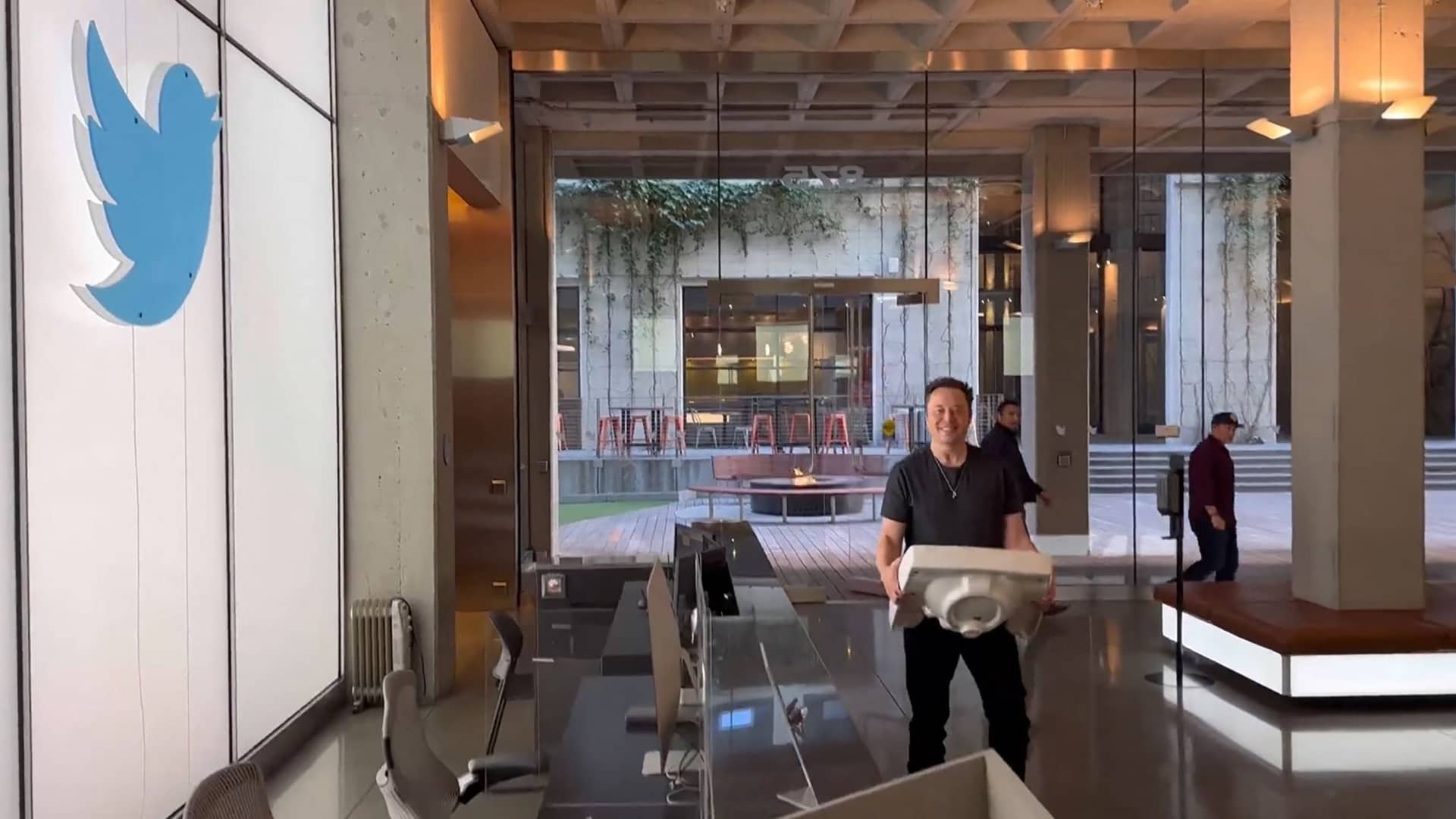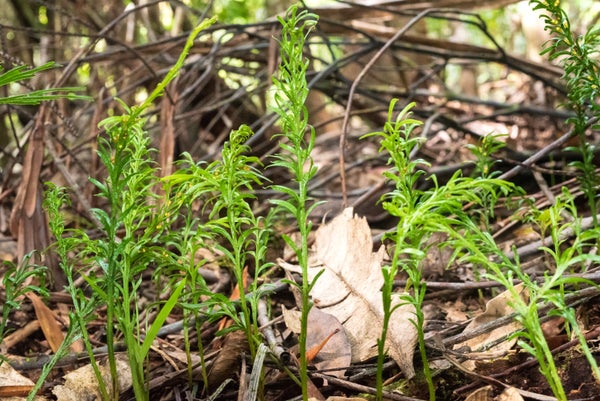In January, every vein in my body expands, the amount of blood coursing through them increasing. Strange voluminous thing. I’m unable to read anything (too queasy each day, all day) but a book borrowed from the library in which an embryo is depicted at its actual size. I can cover it with my littlest finger, and do, a fact I write down in my notebook. In my notebook, I do not call it it. I call it you.
In February, I read Anne Carson’s Short Talks and Lydia Davis’s Essays Two, on translation. I have spent the last couple years working on a book about translation, about marriage as a co-written text—but now it (you?) is on its way, this actuality we’ve authored. Funny, I never thought of myself as one for collaboration. Never thought of myself as willing to give anything, everything, up.
In March, I read Teju Cole’s Black Paper and Celia Paul’s Letters to Gwen John. Paul’s son was raised by her mother so the artist could maintain her solitary life, her intense dedication to her work. I lust after Paul’s solitude: her bare apartment, her luminous paintings and lean sentences. I learn the word allogenic, meaning a thing foreign to the body but of the same species—it has something to do with why the immune system doesn’t reject the fetus as it might a transplant. Little parasite, I think, hands on the slight heave of my stomach. Little love.
In April, I read Robert Kanigel’s Hearing Homer’s Song and poetry by Michael Bazzett, Matt Rasmussen, Claire Wahmanholm. I have to trim my fingernails every few days, they grow so fast. These little freakish bits of the body. The unexpected oddities—a stuffier nose, a panicked sleeplessness—alongside the expected, monstrous enlargement. I should not call it monstrous, someone will say, but what else is the fact of another brain firing behind my abdomen, limbs other than my own growing from the food I eat? I learn the word quickening, for the first fluttering movements of those limbs. Quickening, as the days hasten toward the conclusion of something, the beginning of something, I don’t know, can’t possibly know what.
In May, we travel to London on a research trip for my husband’s work, and I walk too much, too quickly, growing lightheaded in the crowded halls of the National Gallery. I sit before Manet’s fragmented The Execution of Maximilian, written about so exquisitely in Hisham Matar’s The Return. Matar looked at this painting every day for weeks, for months. What I would give to have such artistry—the painter’s, the writer’s—and to make such use of my time. What I would give—not enough, apparently. At the Tate Britain, I find a self-portrait by Gwen John. “She is going to side with loss and solitude, like the saints,” Paul says of the painter. “She is going to be a great artist, even if it means complete deprivation.” Down the hall, the gallery lights have been dimmed to preserve Mark Rothko’s Seagram Murals; he made great use of lithol red, which fades quickly if exposed. The creature inside me has kicked when I go to bed, when I lie down on the couch, when I put my feet up, beneath the kitchen table, on another chair, but now it kicks for the first time as I stand, as I walk from massive painting to massive painting, the swathes of black and crimson before me nearly as dark as the womb.
In June, I read Margo Jefferson’s Constructing a Nervous System and Polly Barton’s Fifty Sounds. I learn that breastmilk is blood, converted, a Christlike transformation. I learn that babies cry, at first, without tears. I learn that my pupils will dilate in childbirth: hence the dimness of the room, as if the nurses were preserving not merely my comfort but some fugitive pigment, destined to disappear. Some undertaking huge as a wall.
In July, I read Jhumpa Lahiri’s Translating Myself and Others, Amina Cain’s A Horse at Night, and Emily Hall’s The Longcut. My skin ripples like the surface of a lake disturbed. Things jut from my misshapen stomach: a hip, a heel, I can’t tell. My husband carries furniture to the basement and assembles other furniture in its place, turning the office into a nursery—too obvious a metaphor to belabor, though I do. The morning light lands on a rocking chair, now, where my desk used to be. I read Samantha Hunt’s The Unwritten Book, in which she writes of the births of her children: “I just made three deaths. I just made six eyeballs. I will never lose this weight.”
In August, I begin my maternity leave, the due date two weeks away, and read Dave Hickey’s The Invisible Dragon, Edith Grossman’s Why Translation Matters, and Camera Lucida. “What I can name cannot really prick me,” writes Barthes. “The incapacity to name is a good symptom of disturbance.” We have settled on names, though a disturbance remains: a static hum running under the long, leisurely days as we wait. We wait. The due date passes by a day, a week. I read The Total Library, a collection of Borges’s nonfiction. “To fall in love is to create a religion with a fallible god,” he writes. We have no idea, yet, how ardently we can worship a person.
In August, in the dark hour just after midnight, we drive to the hospital. My body is connected to various machines, one of which monitors the fetal heartbeat, pumping the noisy drum of it into the room. For a few fitful hours, I sleep surrounded by the sound of the baby’s blood, as it has slept these many months surrounded by mine. The thump thump thump of surety, though I am still not sure, will never be sure, will come to discover that being sure is, in the end, unnecessary. Thump thump. Little parasite. Little love. Here she comes.
In August, she is six days old and asleep in her father’s arms, so I read from Kevin Barry’s That Old Country Music aloud to him—to them. “To experience a feeling as deep as this raised only the spectre of losing it,” Barry writes in “The Coast of Leitrim,” and I blame the hormones, the exhaustion, for the way my voice breaks at the story’s end.
In August, the calendar stops, briefly, and swings open to swallow us whole.
In September, I read Daniel Mendelsohn’s Three Rings and W.G. Sebald’s On the Natural History of Destruction. Why I think reading about bombed-out cities while nursing a newborn is a good idea, I don’t know. It must seem, in its way, only fair: I should be reminded of the world beyond our walls, its cruelty. I read Nathalie Léger’s triptych of The White Dress, Suite for Barbara Loden, and Exposition, in which I learn that the French word—exposition—can mean abandoning a newborn where it will be found. I abandon her every night, I think. Every night, I find her again.
In October, I read Anna Badkhen’s Bright Unbearable Reality, Natalie Hodges’s Uncommon Measure, and Peter Orner’s Still No Word from You. “It isn’t as though at some point you start living your actual life,” Orner writes. “But there are times we might be forgiven for believing it.”
In November, I type these words in the stolen minutes of several days, one-handed, while she sleeps in my arms. However gently I press the keys, the sound risks waking her. Her eyelids are violet, her cheeks slumped moons. I risk it; I risk it all.
More from A Year in Reading 2022
A Year in Reading Archives: 2021, 2020, 2019, 2018, 2017, 2016, 2015, 2014, 2013, 2012, 2011, 2010, 2009, 2008, 2007, 2006, 2005















































